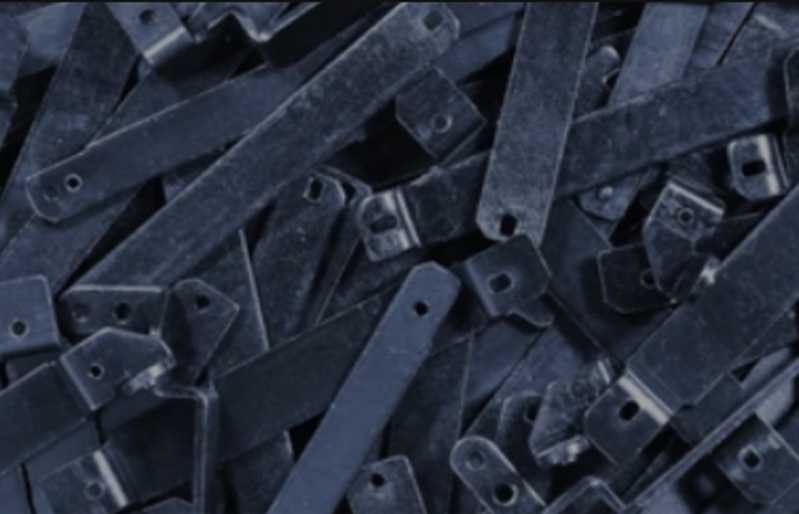The world of manufacturing has witnessed significant advancements over the years. One of the most crucial stages in any manufacturing process is prototype manufacturing. This stage plays a pivotal role in transforming ideas into tangible reality.
Prototype manufacturing refers to the creation of a preliminary model or a sample that represents a product or design. It allows designers, engineers, and manufacturers to test and refine their ideas before mass production. The process involves translating concepts into physical objects, which helps in evaluating their feasibility, functionality, and market potential.
The first step in prototype manufacturing is conceptualization. It begins with an idea or a problem that needs a solution. Whether it is a new product or an improvement on an existing one, the initial concept forms the foundation for the entire manufacturing process. This stage involves brainstorming, research, and analysis to develop a clear vision of the product.
Once the concept is well-defined, the next step is to create a design. This involves translating the ideas into technical drawings, blueprints, and specifications. Designers and engineers use computer-aided design (CAD) software to develop detailed 2D and 3D models of the product. These models allow for a better understanding of the product’s functionality, aesthetics, and manufacturing requirements.
After the design is finalized, the actual prototyping begins. This stage involves selecting the appropriate materials, technologies, and manufacturing processes. The choice of materials depends on factors such as strength, durability, flexibility, and cost-effectiveness. Various techniques like 3D printing, CNC machining, and injection molding are used to create the physical prototype.
3D printing, also known as additive manufacturing, has revolutionized the prototype manufacturing process. It allows for the creation of complex geometries and intricate designs with high precision. This technology builds layer upon layer of material, usually plastic or metal, to form a three-dimensional object. 3D printing reduces the time and cost involved in prototyping and enables rapid iteration and customization.

CNC machining is another commonly used technique in prototype manufacturing. It involves the use of computer-controlled machines to shape and cut materials into the desired form. CNC machines can work with a wide range of materials, including plastics, metals, and composites. This technology offers high accuracy and repeatability, making it suitable for creating functional prototypes.
Injection molding is preferred for mass production, but it can also be used for prototyping. In this process, molten material, usually plastic, is injected into a mold cavity. Once cooled, the material solidifies and takes the shape of the mold. Injection molding allows for the production of large quantities of prototypes with consistent quality and complex geometries.
The final step in prototype manufacturing is testing and evaluation. The prototype is subjected to rigorous analysis and assessment to identify any flaws or areas for improvement. This stage involves functional testing, durability testing, and user feedback. The data collected from these tests helps in refining the design, optimizing the manufacturing process, and ensuring the product meets the required standards.

Prototype manufacturing is crucial for innovation and product development. It enables designers and manufacturers to validate their ideas, identify potential issues, and make necessary modifications early in the process. Prototyping reduces the risk of errors, minimizes costs, and speeds up time-to-market. It also allows for effective communication and collaboration between different stakeholders, including designers, engineers, manufacturers, and end-users.
In conclusion, prototype manufacturing bridges the gap between ideas and reality. It allows for the transformation of concepts into physical objects, enabling thorough evaluation and refinement. With advancements in technology, prototyping has become more accessible, affordable, and efficient. It plays a vital role in driving innovation, improving product quality, and bringing new ideas to life. So next time you see a product, remember the journey it took from being just an idea to becoming a tangible reality through the process of prototype manufacturing.
-

- steypustýri með mikilli nákvæmni fyrir bíla
-

- OEM háþrýstisteypu úr magnesíum ál ramma fyrir reiðhjól
-

- OEM deyja-steypu íhlutir og hlutar
-

- Heildsölu magnesíumblendi barnahjól fyrir 3 til 5 ára 12 tommu krakkahjól OEM Ódýrt
-

- Mangensium álfelgur deyja-steypu Thixomolding málmhlutar
-

- Magnesíum Ál steypuhlutar Keðjuhlíf fyrir bíla

 0086-750-5616188
0086-750-5616188 +86 13392089688
+86 13392089688 sales@zhongmei-tech.com
sales@zhongmei-tech.com







